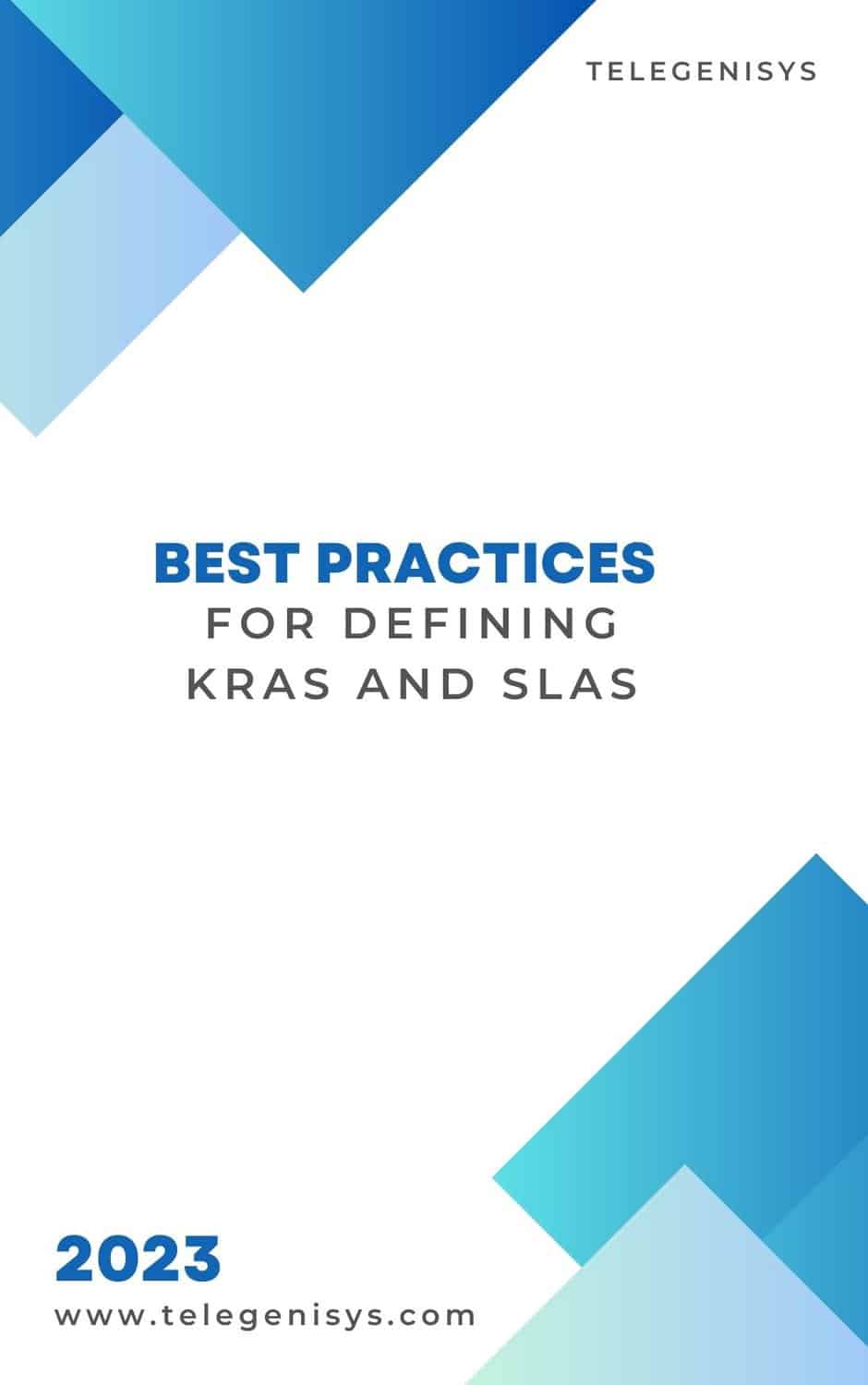Outsourcing – Best Practices for Defining KRAs and SLAs

REQUEST E-BOOK
It covers aspects like setting realistic and measurable objectives, aligning KRAs and SLAs with business goals, and ensuring clarity and mutual understanding in the outsourcing contract. These best practices can help organizations maximize the benefits of outsourcing and minimize potential risks and challenges.
The Role of Communication in Managing KRAs and SLAs
Effective communication is crucial for managing KRAs and SLAs in outsourcing relationships. This involves regular updates, feedback, and discussions between the client and the vendor. Open and transparent communication can help identify issues early, facilitate problem-solving, and foster a collaborative and productive outsourcing relationship.
Legal Considerations in KRAs and SLAs
KRAs and SLAs have legal implications in an outsourcing contract. This section discusses the legal aspects of KRAs and SLAs, including compliance requirements, dispute resolution mechanisms, and penalties for breach of contract. It provides insights into how to manage legal risks and ensure compliance in outsourcing relationships.
Summary and Key Takeaways
The final section summarizes the key points discussed in the chapter and provides key takeaways for the readers. It reinforces the importance of KRAs and SLAs in outsourcing contracts and relationships and highlights the main strategies and considerations for managing them effectively.









